What Details Can You Find on the Wine Bottle’s Label?
Everyone loves a good bottle of wine every now and then, especially as celebrations stretch on from the holiday season and we transition to a new year. However, distinguishing the type of wine you’re drinking can help improve the experience a little further.
If you’re looking to identify what you’re drinking, you don’t have to look too far to learn what it is. There is a printed wine label available on the bottle for you to freely check up and read, and there should also be a short description when you’re buying online as well.
Continue reading to learn more about what you can find on the wine label:
What Details Are on the Wine Label?
Reading wine labels can allow you to learn several details about the wine. Although some may vary in their layout, it will be easy to identify and piece together everything if you know what components to expect. The general details that will be available on the wine label are:
- Alcohol Content. If you see any number percentage on the front of the label, that usually indicates the alcohol content of the bottle. Check this detail when searching for a wine to enjoy with more lightweight drinkers.
- Producer. Different wineries and distributors will likely have the official producer of the wine printed on the label. This typically includes location somewhere near it as well so that you’re aware of the country and region the wine was made in.
- Year of Production. The age of the wine is often what makes it so appealing to drink, so check on the year of production on the wine label. Vintage bottles can be quite the keeper, especially when you’re getting into the spirit of collecting wine.
- Production Process. There are different steps when it comes to producing wine, and some labels may note significant parts of it for your information. For example, the time span between harvesting, pressing, fermentation and more.
- Wine Type. Certain wine labels will contain the type of grape varieties that were used in the wine, alongside a description of the flavour notes in it. They may contain phrases that certify high quality, such as French wine’s “appellation d’origine controlee”.
Why Is There a Wine Label Anyway?
As discussed above, a wine label is available on the bottle to provide any consumer with the details that you’re consuming. You can gain more insight into your personal wine preferences and pinpoint the specifics for future ordering, or just learn something new about the lovely red or white wine that you’re pouring into your glass.
Do You Need to Read the Label?
There can be cases where a wine enthusiast is encouraged to go through the label, especially if they’re a connoisseur in training. Knowing how to read can be good information to share while socialising with other high-class profiles. But when all is said and done, there’s no harm in just uncorking the bottle and enjoying your drink.
Wine labels can help satiate your curiosity about the origin and background of what you’re consuming during an event. Although it isn’t necessary to religiously analyse where the wine came from in the first place, deciphering the print can be a pretty good additional skill.
Trying to buy wine online in the UK? Cru Wine in the UK offers fine wine with a modern approach that you can easily purchase and access, allowing you to focus on the enriching experience of enjoying a glass. We deliver worldwide. Order today!





